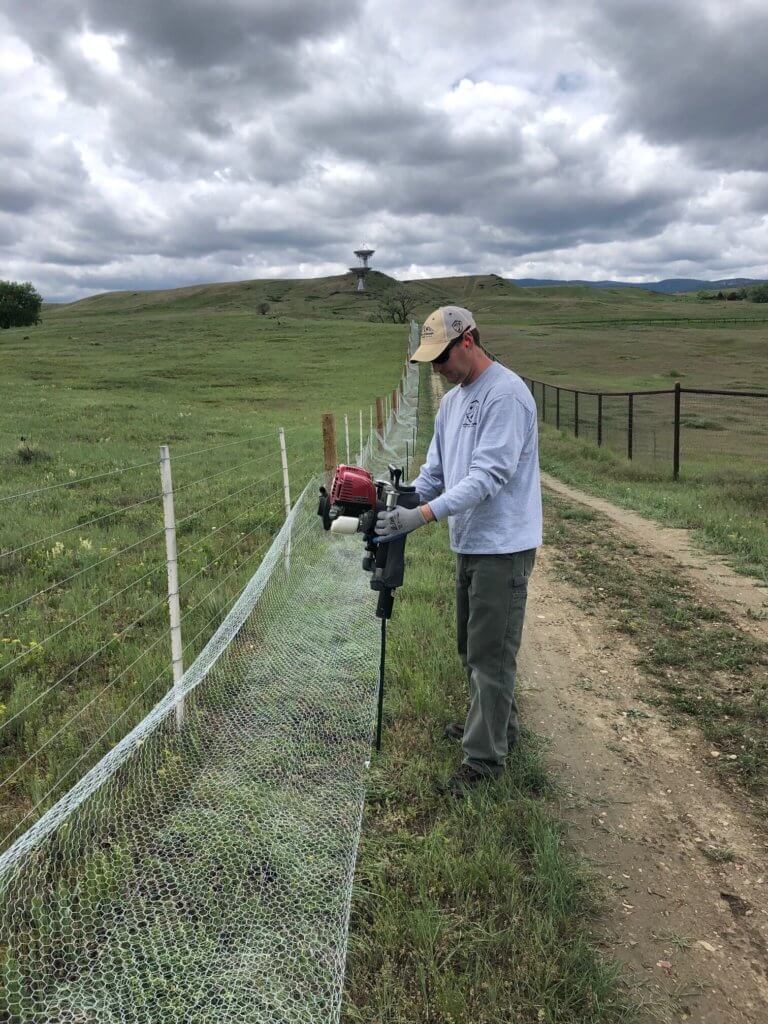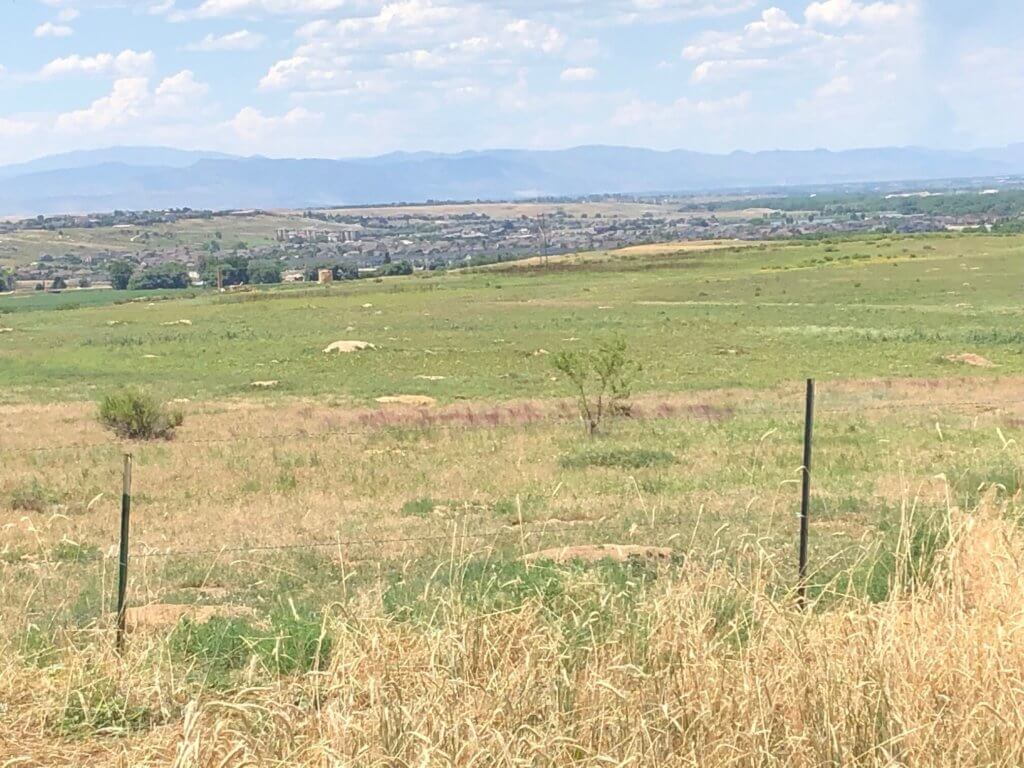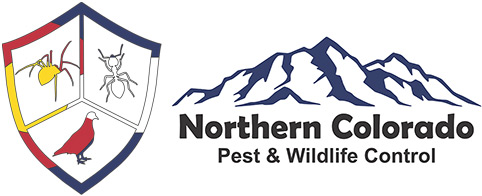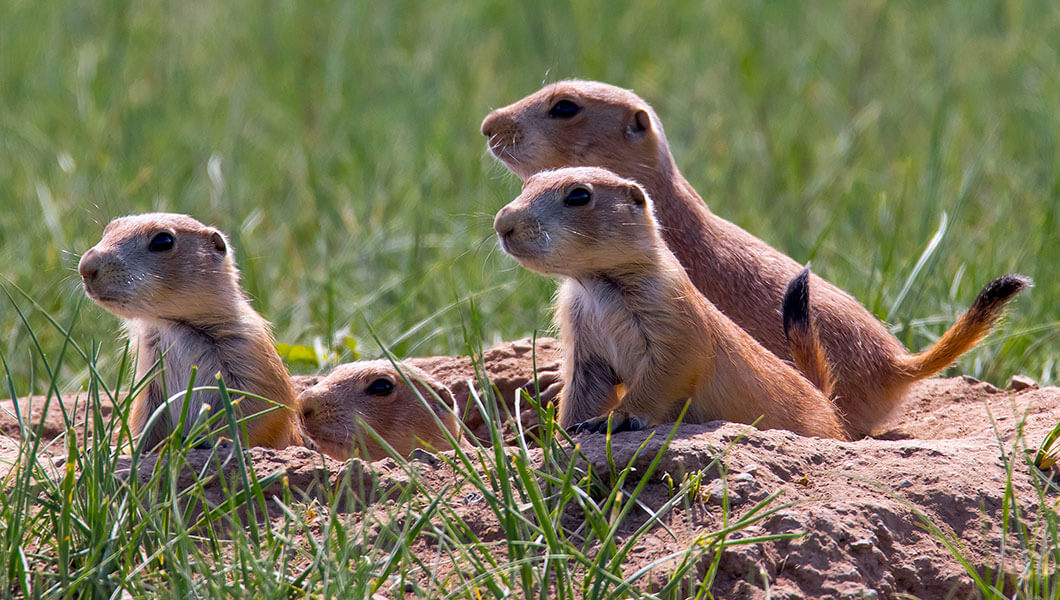Background Information

One of the most controversial pests that we manage are prairie dogs. Most everyone can easily recognize these rodents who stand on their hind legs atop their dirt mounts, scanning the horizon. They are about 15 inches in length with a 2.5-inch-long black tail, which distinguishes them from other species of prairie dogs. Prairie dogs are diurnal, meaning they are most active during the early morning hours and evenings before the sun sets. Unlike some other rodents, prairie dogs do not hibernate, but they will stay below ground during periods of bad weather. Prairie dogs are controversial because half of the population see them as a beneficial animal because they aerate the soil and provide homes for numerous other species of wildlife. They are also a species of concern mostly because of urban sprawl. The other half of the population do not believe they are good to have around because of the plague, which are from the fleas that are associated with the prairie dogs. Farmers do not like them because they decrease crop productivity and ranchers do not like them because they might lose livestock from a broken leg or from disease. We feel strongly for both sides and believe that prairie dogs are truly beneficial animals, but they do not belong near people. The prairie dogs should be left to nature in large open county where other key symbiotic animals like the black-footed ferret and the burrowing owls can benefit from the existence of prairie dogs.
Treatments for Prairie Dogs

There are numerous treatment techniques for prairie dogs, and they are just as controversial as prairie dogs themselves. NOCO Pest and Wildlife Control treatment options include; fumigation, baiting, exclusion and trapping. Fumigation is probably the most common technique and it can be done with either carbon monoxide or aluminum phosphide. From our experience carbon monoxide gas cartridges do not yield very good results and we try not to use this technique unless we have a burrow(s) near a dwelling. Most of the time we prefer aluminum phosphide because it is highly successful and works incredibly quickly if there is enough soil moisture in the ground. Baiting is another common treatment technique, but it is seasonal according to the chemical label. Baiting is most useful during winter months when natural food is either covered by snow or when food is scarce. Baiting can be tricky because you cannot force the prairie dogs to eat the bait. They must accept the bait for it to work properly. We also must use extreme caution when baiting because there is a risk of secondary poisoning to non-target wildlife if the carcasses are left above ground. We minimize this risk by following the chemical label and combing the treated properties to eliminate this risk. The last option is trapping. Some cities across Northern Colorado require trapping if the property is above a certain acreage. Trapping is very expensive and very time consuming. It can also be quite difficult to find an acceptable place to relocate the prairie dogs. If a site cannot be found, we might recommend donating the prairie dogs to either the black-footed reintroduction facility or the Rocky Mountain Raptor program. The last treatment option is exclusion. We commonly install prairie dog fences to limit the prairie dogs’ access from neighboring properties.
Service Expectations
In most cases an initial treatment with 1-3 follow-up treatments does a great job of eliminating the prairie dog colony or it will get the colony to a manageable level to where we would begin monthly maintenance if they are coming from a neighboring property. Fencing should eliminate prairie dog migration onto or off your property. Trapping can be successful, but it is important to note that any trapping program will not trap 100% of the prairie dogs. It is common to make a conscious effort in trapping before moving towards other treatment options listed above.


